
There’s little disagreement amongst Family Court litigants that the Family Court cycle can seem neverending. If you ask most people going through the process, they will tell you that things seem to all morph all into one big catastrophe. However, this is not completely accurate. The typical divorce or custody case goes through stages or phases while it moves through Family Court. Identifying each of these stages can be challenging, especially if you’re the one enduring the torment that’s usually associated with it.
But not only are there different phases of a typical divorce or custody case, the issues also vary based on the phase they’re in. The parties issues might remain steady, but there are different elements of the court process that requires different attention at each stage. This means that as a litigant, you need to strategize differently based on the stage your case is in.
We have identified each phase by referring to them as “lanes”. There are four lanes on the superhighway to Family Court hell. They all lead to the same place but the bumps (challenges), the route (action) and the directions (decisions) all vary based on the specific lane(s) your case is in. Although it is possible for your case to be in more than one lane at a time, it is advisable to limit them to 2.
Explanation of the Various Phases (Lanes)
Every Family Court starts with a choice or decision (Lane 1) stemming from an action or series of actions by either party. Once either, or both, parties choose to go the Family Court route, their freedom to choose much of what happens throughout the process gets limited. The court will take over and implement rules and guidelines on how the case will proceed (Lane 2). Then at some point, the court will seem to be apathetic while still dictating how things proceed, leaving many to question why they decided to get court involved in the first place (Lane 3). And last, your case will make it to the “finish” line (Lane 4), if there is every truly a finish line, you get to “reclaim” some of the control by opting to take your case to trial.
Lane One: Decision Time
As mentioned, Lane 1 is the beginning. Either party is gearing up; gathering info and resources and putting things together with the intention of getting help with their divorce or custody. At this stage, things like timing, logistics, resources and personal circumstances are are crucial. Knowing when to file your case, jurisdiction considerations, and wording your petitions are all pivotal. Understanding court processes, connecting with resources, and identifying helpful information early can give you a significant advantage as you lay the groundwork for your case.
Lane Two: Filing and Interaction
Lane 2, considerations are a bit different in the sense that once the case has started, some foundational things will remain intact no matter what. The court process is already set so deviating from some parts of it are more difficult to do at this stage. Things like identifying the problems or issues, the “real” ones, are extremely key at this stage. In addition, understanding what leverage is and identifying your leverage as well as the other party’s is also very important. This is also the phase where you begin to focus on creating a solid game plan, like making strategic choices about when to interact and engage with the opposing party, the court, and the mediators.
Lane Three: Positioning for the Future
If your case made it past the six month mark, it didn’t settle or wasn’t resolved in mediation, then chances are you’re headed to Lane 3. By this time, you should have amassed a wealth of resources and built a deep understanding of your case. No more walking around with your head in the clouds, you’re starting to see Family Court for what it really is. You see that judges can be completely biased, the laws are not always applied correctly, that the lawyers get away with acting unethically and you’re exasperated by the ugly truth. This time is pivotal, because since it wasn’t settled before now, chances are your case is going to trial. That means that frustration is at an all time high followed by immense fear. No one wants to hear the big “t” word because thoughts of excessive fees, feelings of uncertainty and visions of seeing your child(ren) living with the other parent are involved with tial. But this is the time to shift your focus to prepping for the opportunity to finally present all of the improprieties that occurred in your case, in one setting.
Lane Four: Gearing Up for Trial
And at last, if you’re in Lane 4 you made it to the “finish” line. This is the moment you have been waiting for, although you didn’t know it, the moment to finally tell your story. You get to speak and not be ignored; you get to point out all the lies the other party has been telling that you didn’t get a chance to prove; you get to call the guardian ad litem out for their unprofessional way of handling their responsibilities and so on. And although you are scared out of your mind, this is the time to bring it all home. Win or lose, this is the time to seek vindication and to make peace with everything that has haunted you throughout the process. Knowing your key players and leveraging the knowledge gained throughout the previous stages is crucial. You must meticulously plot out how to use the information and resources built up over time to strategically navigate the trial phase and secure a favorable outcome.
Final Thoughts
Navigating the family court system can be overwhelming, but with the right strategies, you can take control, set the tone, and position yourself for success. Remember, everything you do at each stage has an impact on your case’s future, so strategic thinking and proactive planning are essential.
Family Court can be traumatic! And trying to handle your case on your own can be even more catastrophic. There are twists & turns at every stage that you need to be aware of and to prepare for. Having a solid Gameplan and someone to help you execute it effectively can make all the difference in the Universe (not just the world.) We know all about the bias, corruption, and dysfunction being handed out by the system. We just want you to have a fighting chance by leveling the playing field.
Need help in handling your Family Court case on your own?
We have services that are specifically geared toward helping self-represented litigants like you understand the common mistakes that lead to the most disappointing outcomes. To find out more about our services, visit us at WWW.THEDIVORCESOLUTIONIST.COM and join our Facebook community HERE to get some helpful advice and some FREEBIES.
Need help in handling your Family Court case on your own?
We have services that are specifically geared toward helping self-represented litigants like you understand the common mistakes that lead to the most disappointing outcomes. To find out more about our services, visit us at WWW.THEDIVORCESOLUTIONIST.COM and join our Facebook community HERE to get some helpful advice and some FREEBIES.
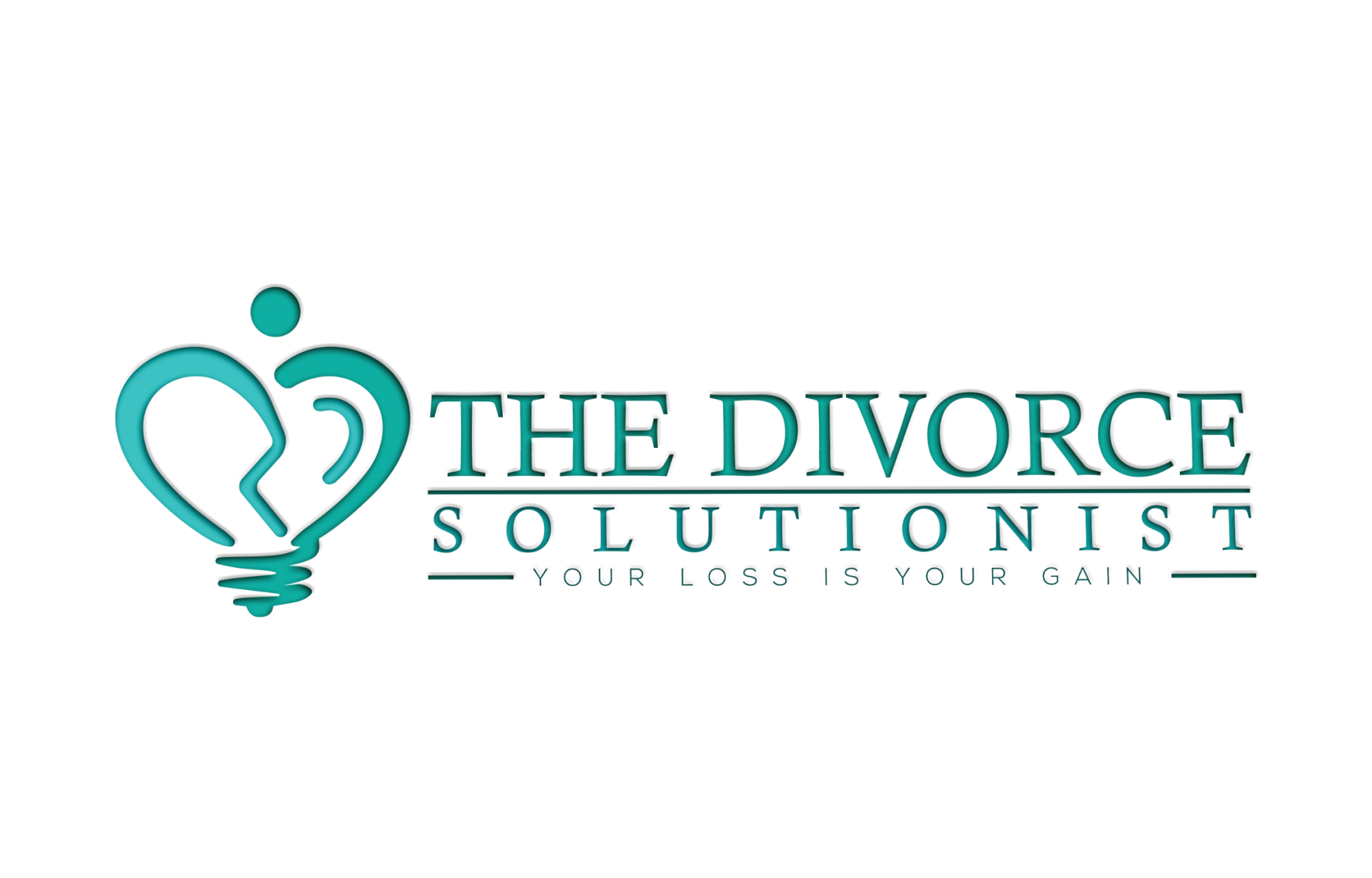
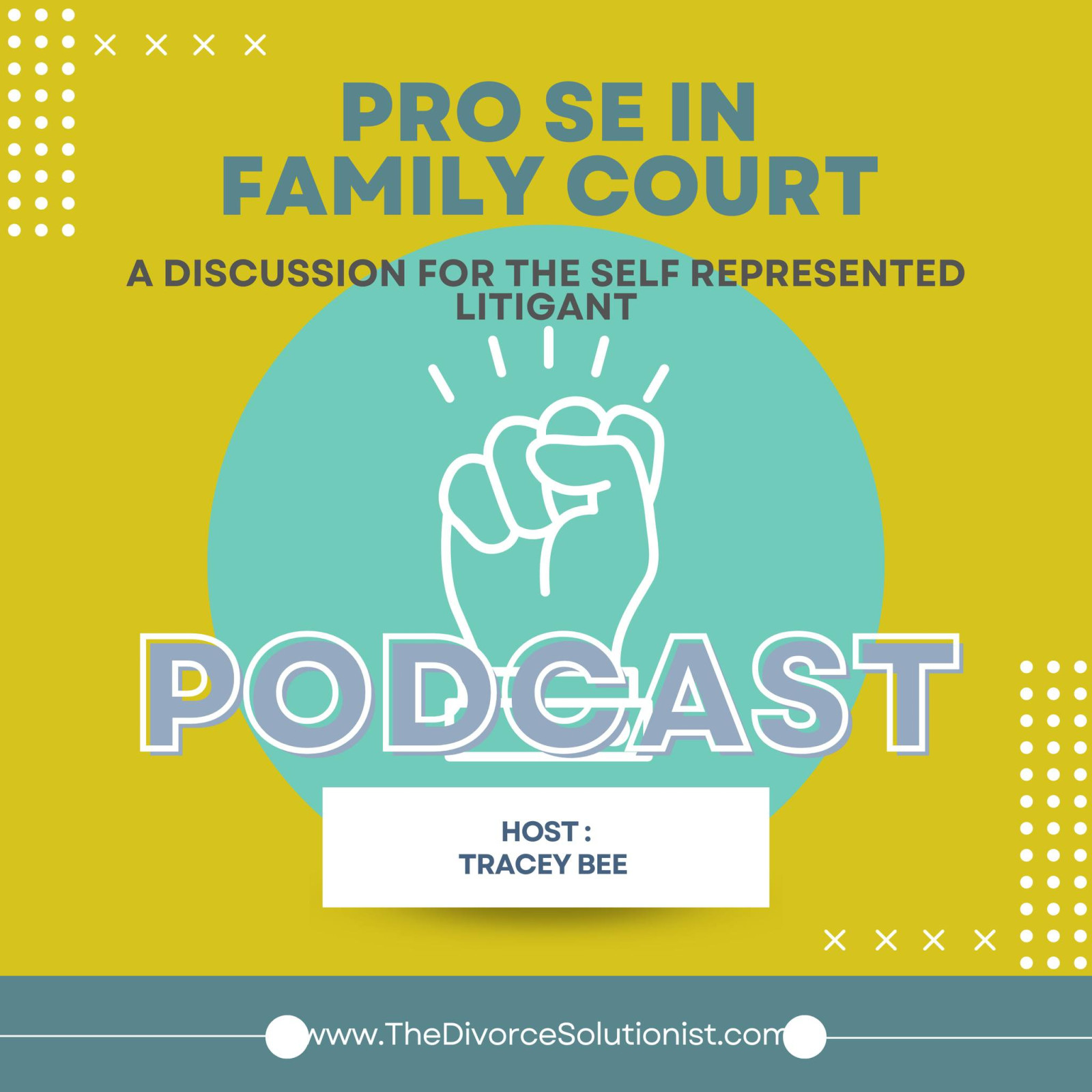
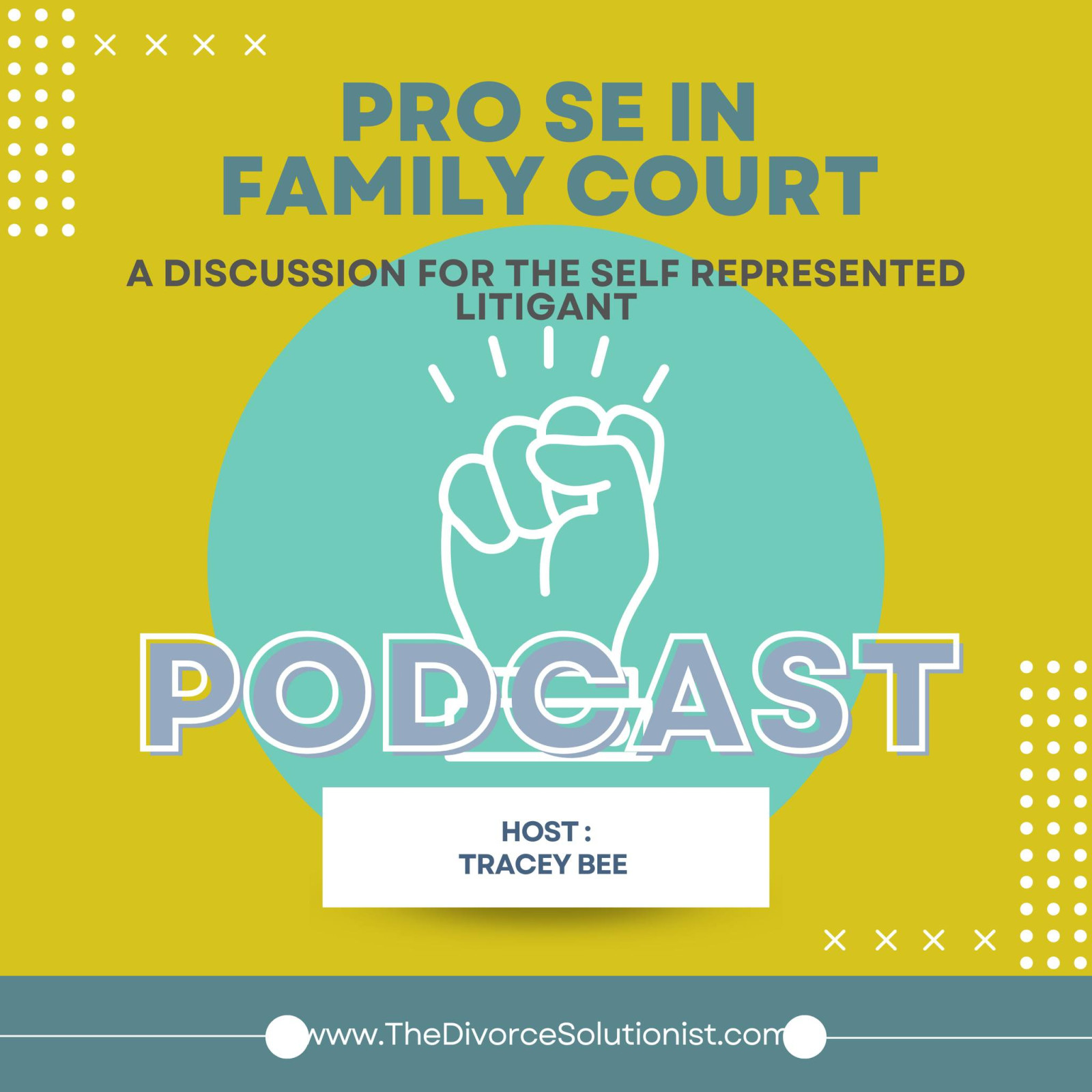
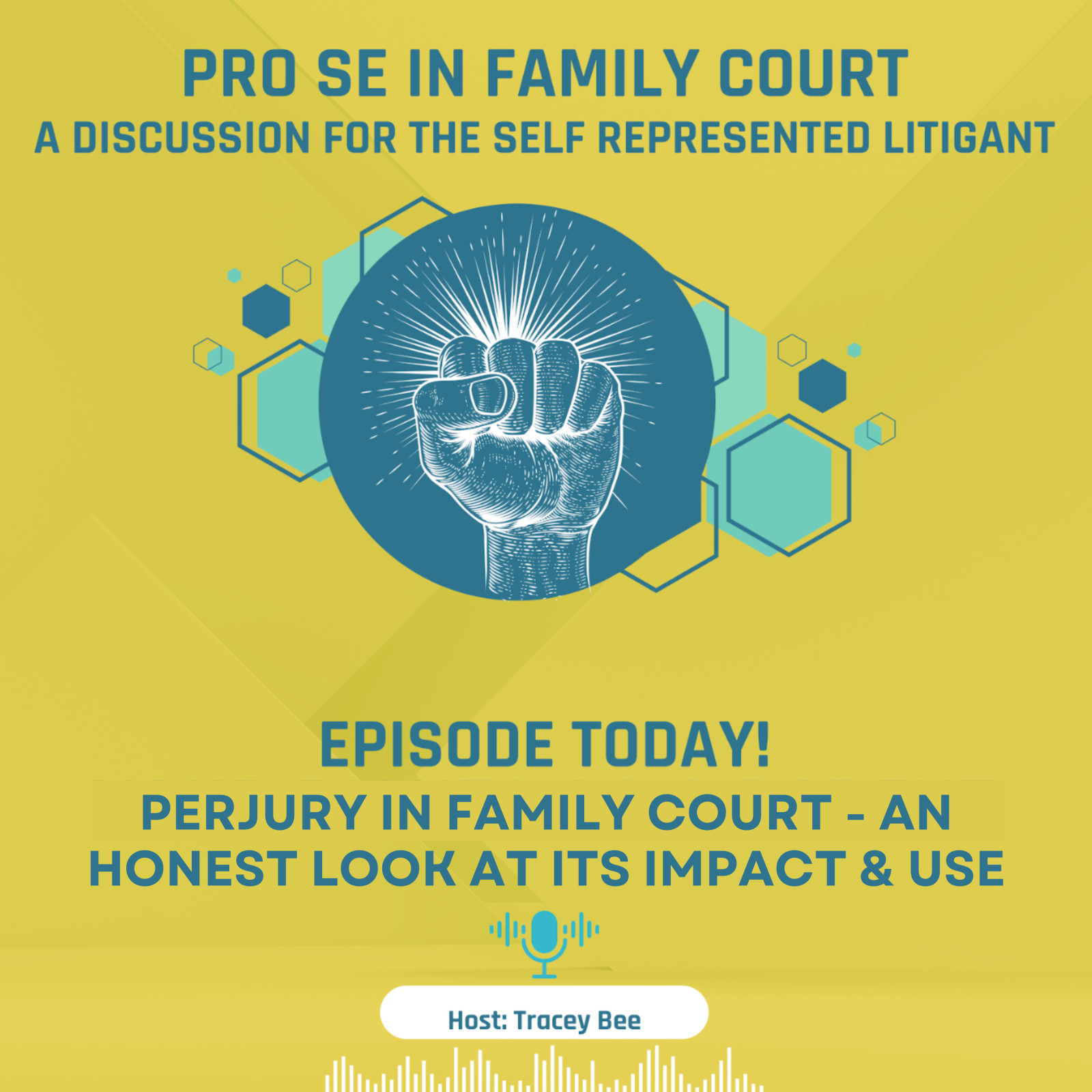
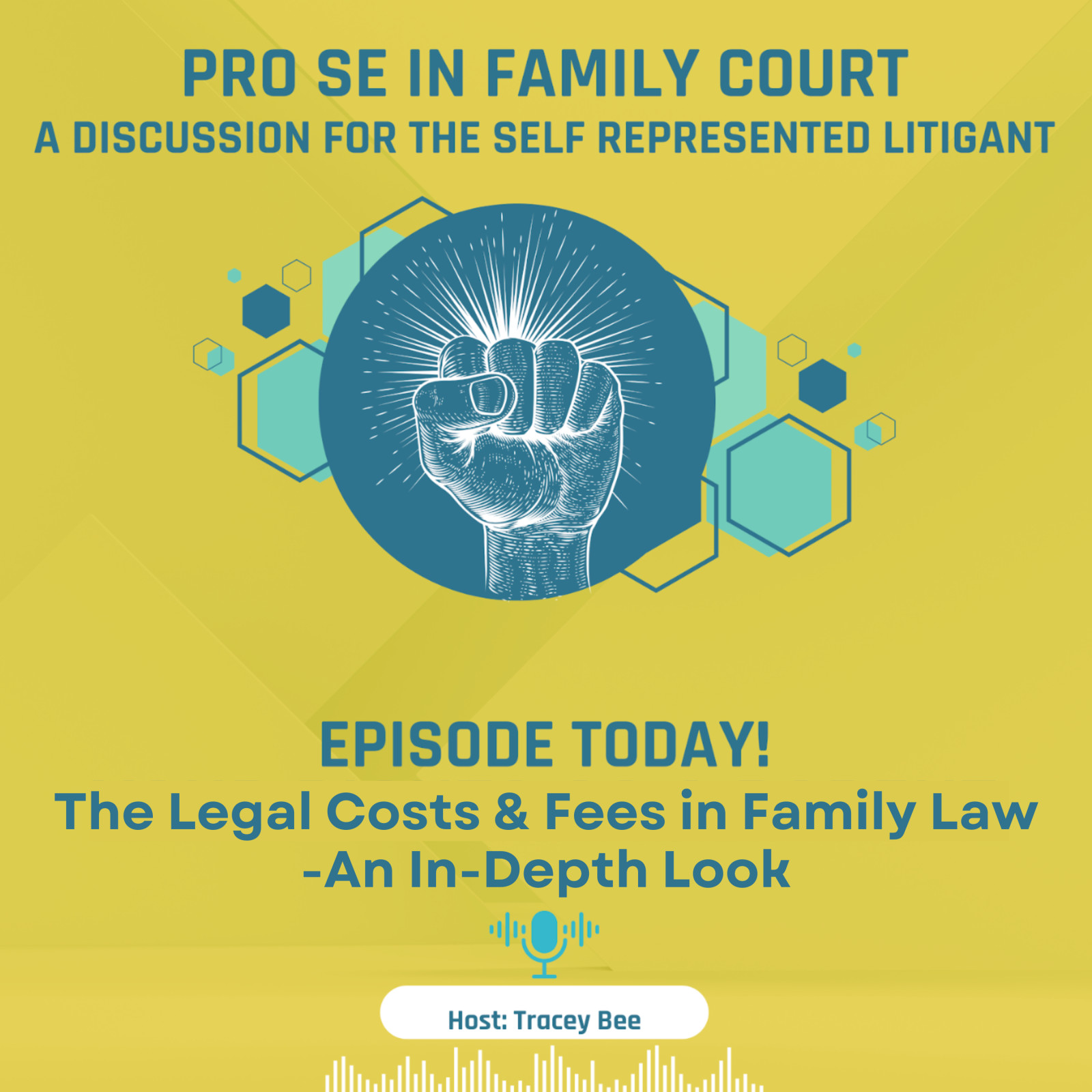

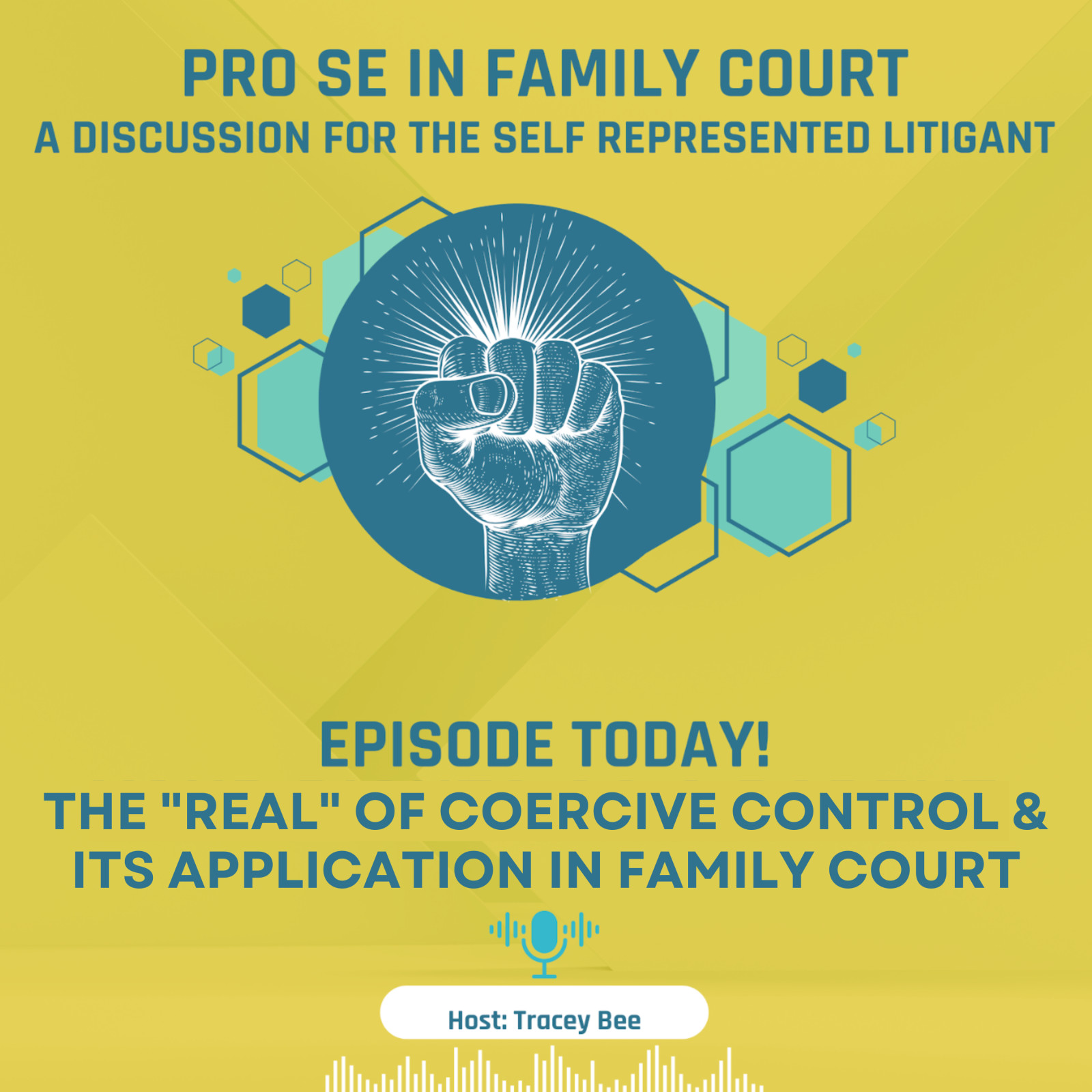
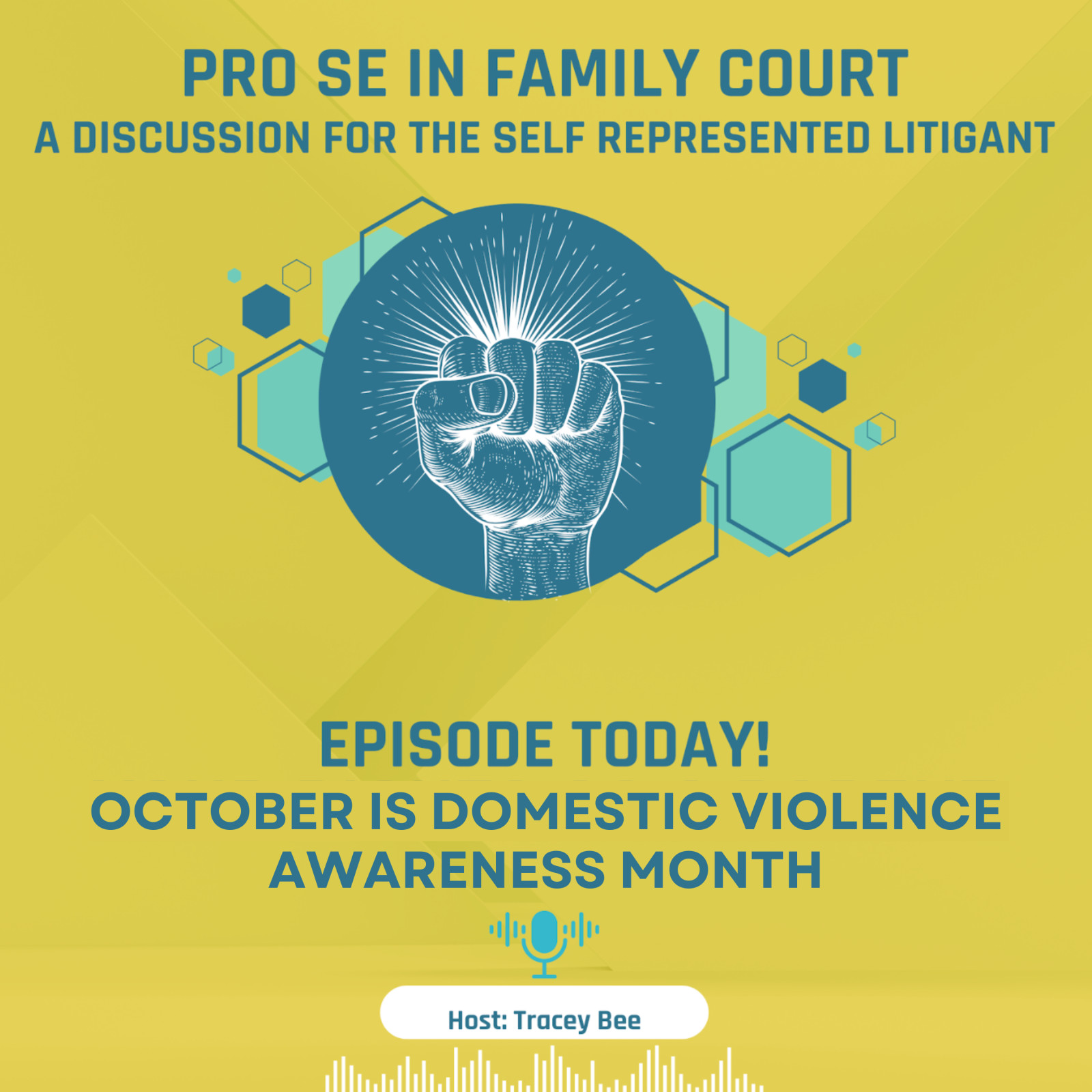
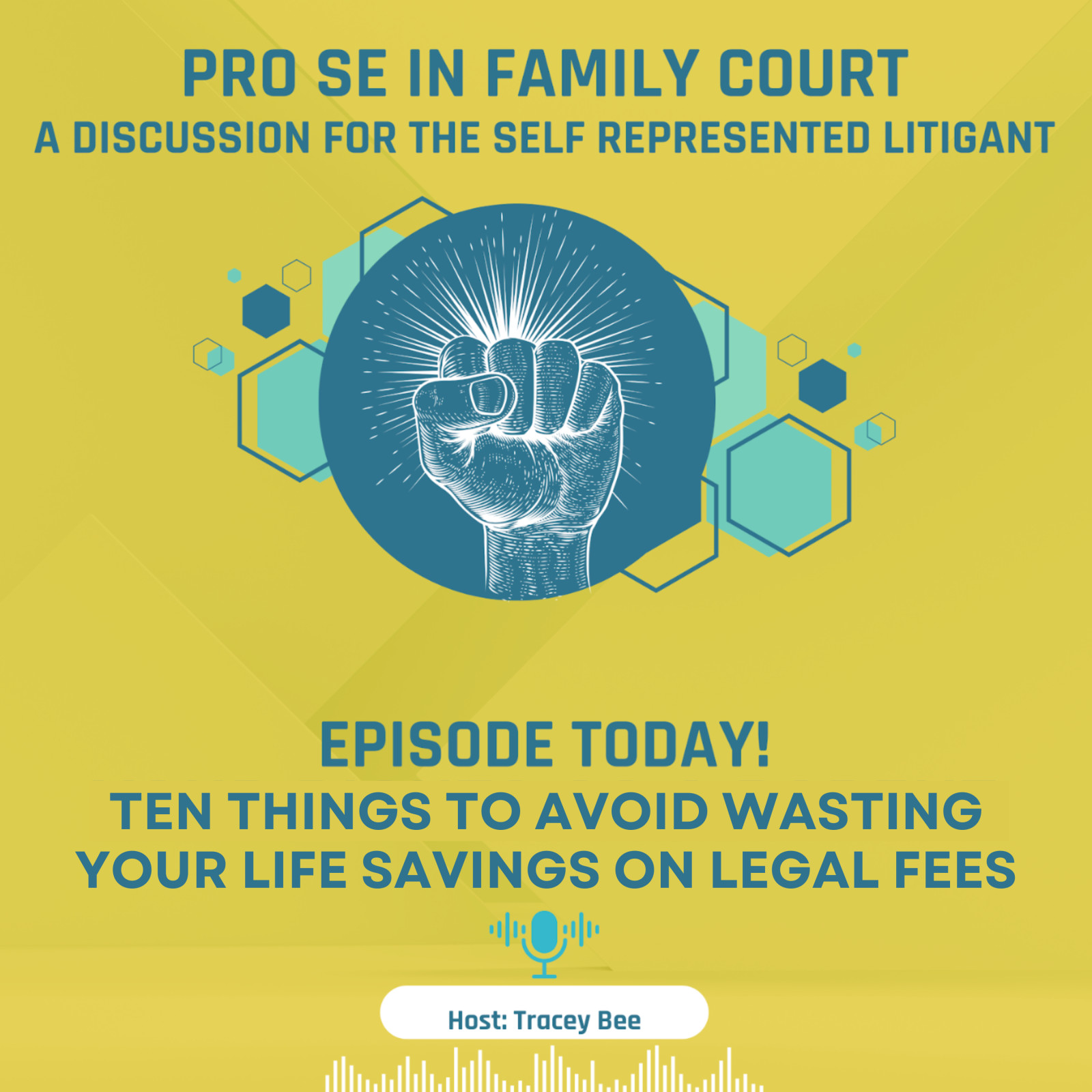
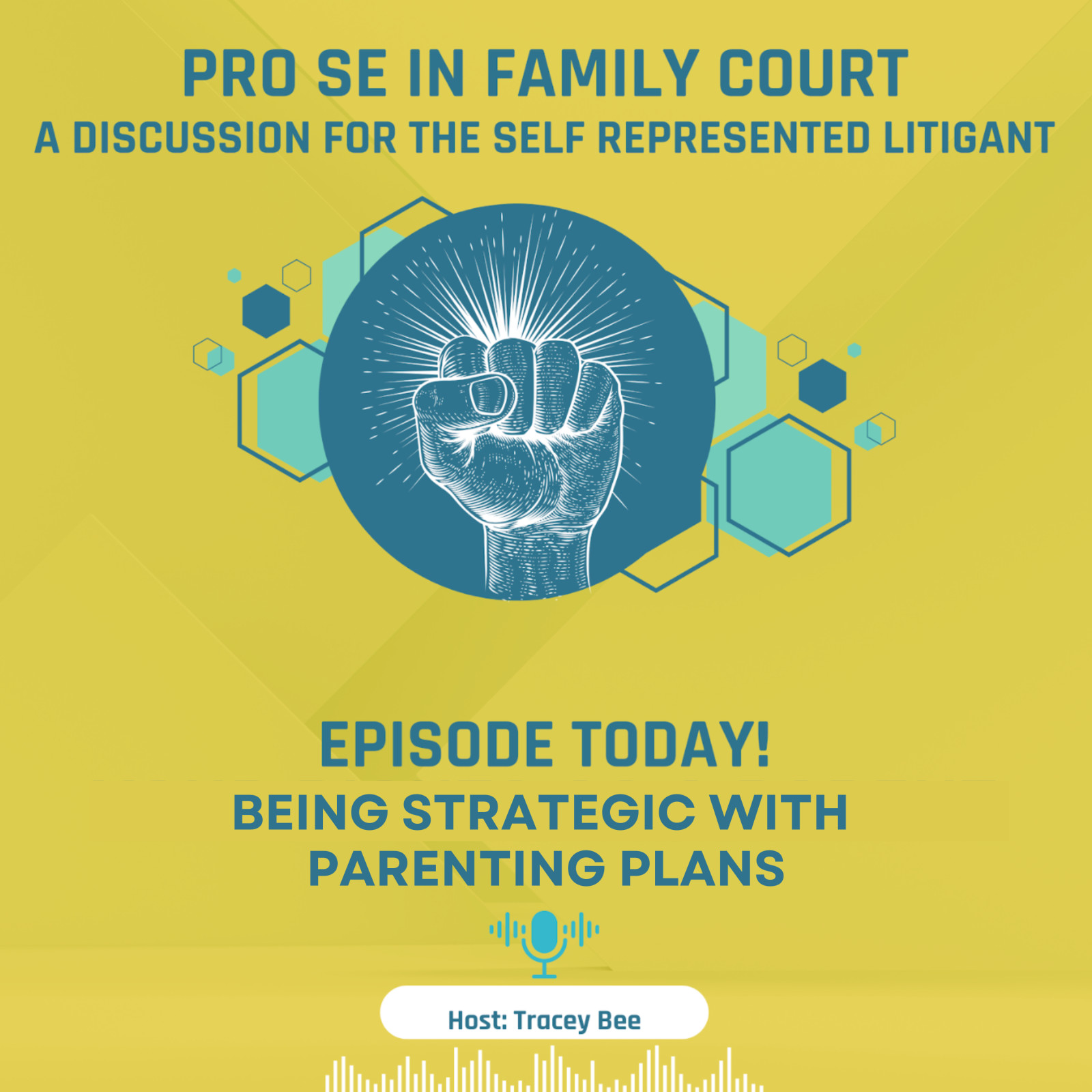
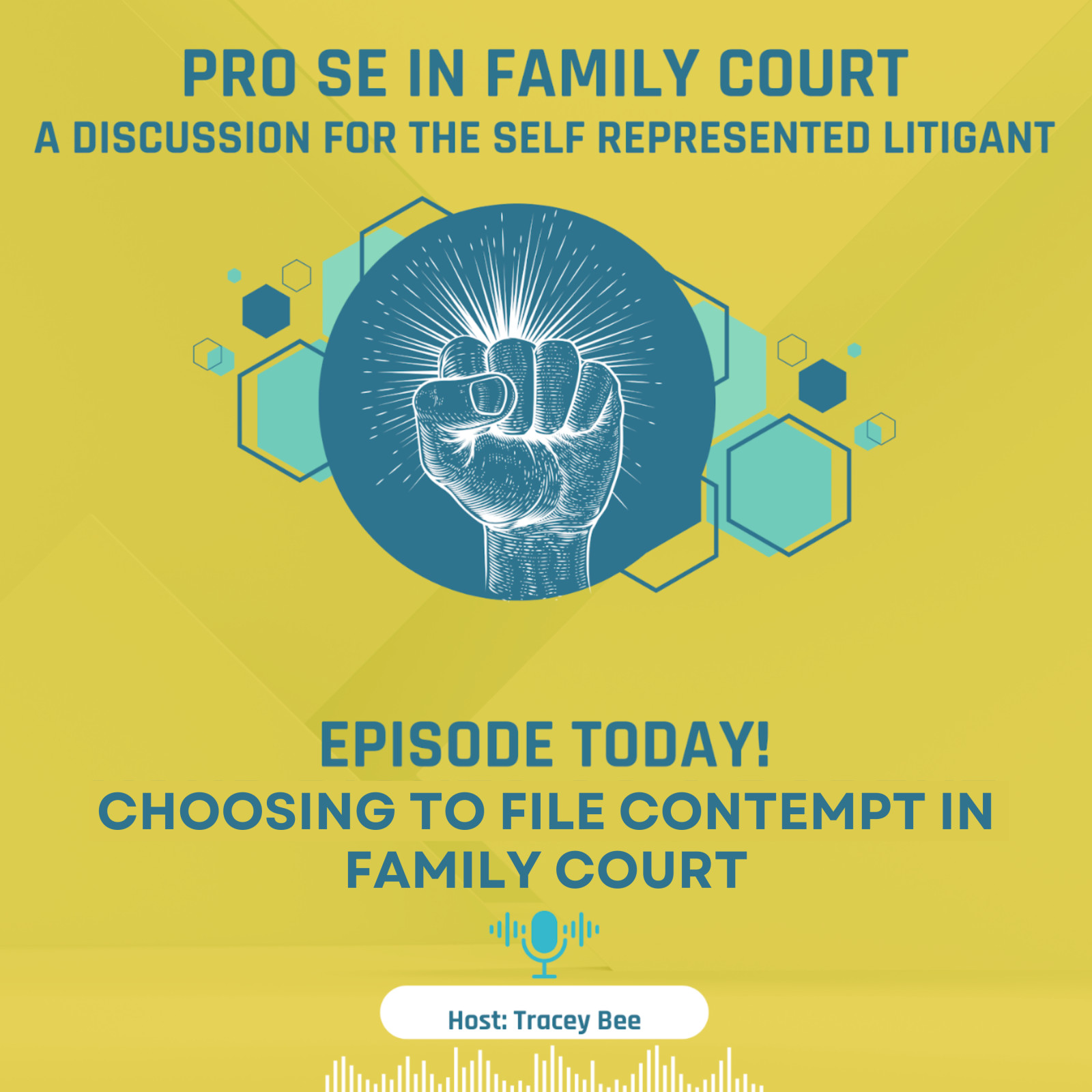

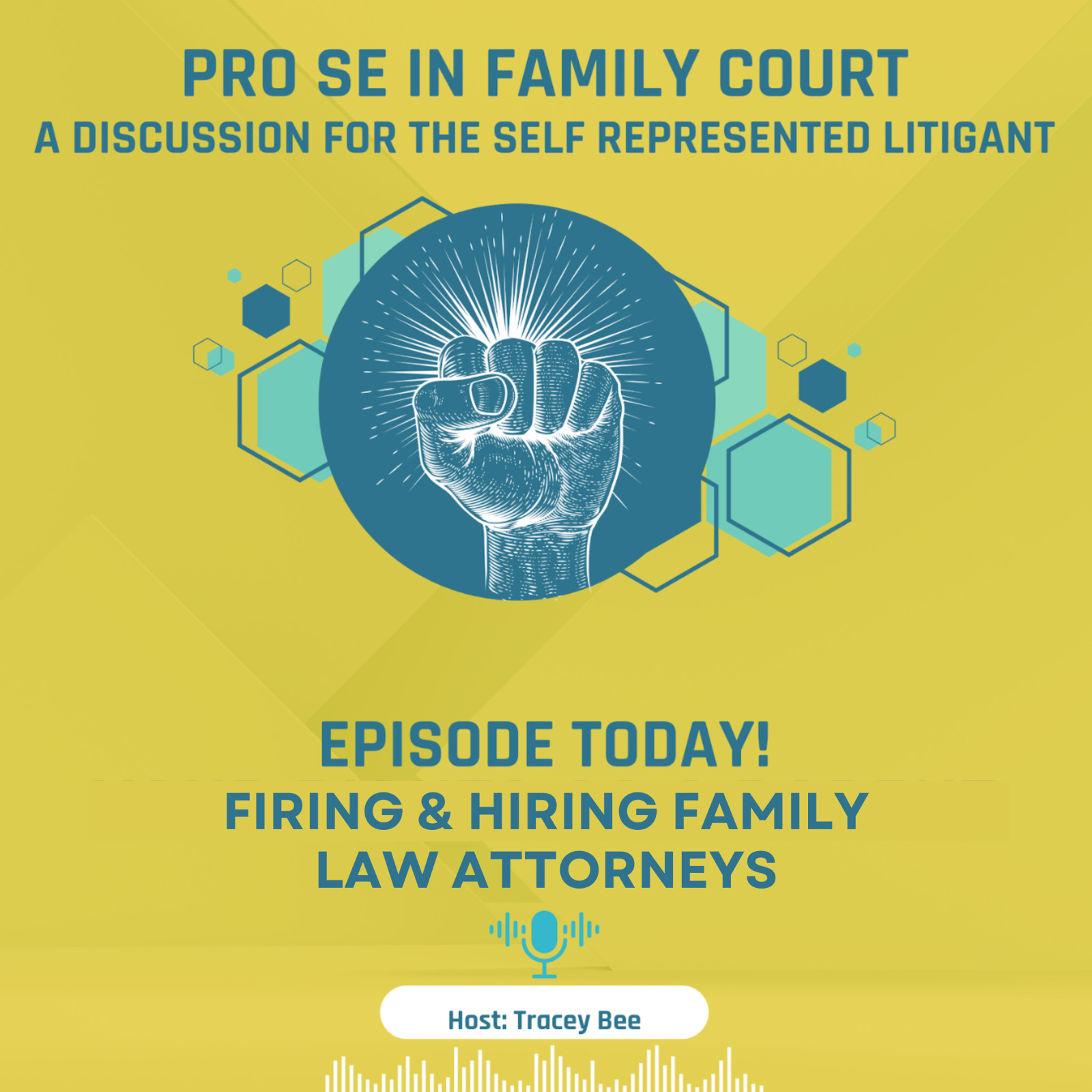

0 Comments